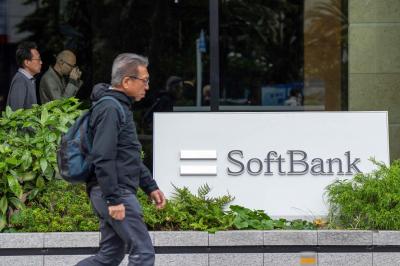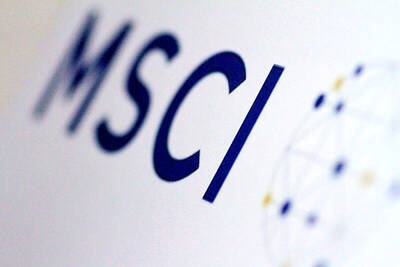The Automotive Research & Testing Center (ARTC, 車輛研究測試中心) is preparing to put driverless cars on the road, saying it has acquired all the necessary technology.
Since the center first invested in advanced driver-assistance systems (ADAS) in 2007, it has been working toward developing driverless vehicles, the Lukang (鹿港), Changhua County-based firm said.
In an interview with reporters, ARTC president Joe Huang (黃隆洲) said that not only has the center acquired the technological expertise to develop a driverless car, but it has also conquered the challenges associated with navigating such vehicles in real traffic.
The center has designated controlled areas in which its driverless vehicles are to operate to gather more data on navigation before taking them into traffic, he added.
The center said its driverless cars feature 10 ADAS capabilities, including automatic parking, lane-change assistance and a collision avoidance system.
The center said its driverless vehicle was able to navigate simulations of 10 typical traffic situations.
Meanwhile, the ARTC is to continue to transfer its technology to businesses and help develop driverless services at public parks, amusement parks and other recreational areas, Huang said.
A driverless vehicle uses lasers, radar and other image detection technology to identify its surroundings, then makes precise calculations to determine the best possible course of action, the center said.
Navigation uses a combination of Internet-of-Things gadgets and remote monitoring, it added.

PERSISTENT RUMORS: Nvidia’s CEO said the firm is not in talks to sell AI chips to China, but he would welcome a change in US policy barring the activity Nvidia Corp CEO Jensen Huang (黃仁勳) said his company is not in discussions to sell its Blackwell artificial intelligence (AI) chips to Chinese firms, waving off speculation it is trying to engineer a return to the world’s largest semiconductor market. Huang, who arrived in Taiwan yesterday ahead of meetings with longtime partner Taiwan Semiconductor Manufacturing Co (TSMC, 台積電), took the opportunity to clarify recent comments about the US-China AI race. The Nvidia head caused a stir in an interview this week with the Financial Times, in which he was quoted as saying “China will win” the AI race. Huang yesterday said

Japanese technology giant Softbank Group Corp said Tuesday it has sold its stake in Nvidia Corp, raising US$5.8 billion to pour into other investments. It also reported its profit nearly tripled in the first half of this fiscal year from a year earlier. Tokyo-based Softbank said it sold the stake in Silicon Vally-based Nvidia last month, a move that reflects its shift in focus to OpenAI, owner of the artificial intelligence (AI) chatbot ChatGPT. Softbank reported its profit in the April-to-September period soared to about 2.5 trillion yen (about US$13 billion). Its sales for the six month period rose 7.7 percent year-on-year

Nissan Motor Co has agreed to sell its global headquarters in Yokohama for ¥97 billion (US$630 million) to a group sponsored by Taiwanese autoparts maker Minth Group (敏實集團), as the struggling automaker seeks to shore up its financial position. The acquisition is led by a special purchase company managed by KJR Management Ltd, a Japanese real-estate unit of private equity giant KKR & Co, people familiar with the matter said. KJR said it would act as asset manager together with Mizuho Real Estate Management Co. Nissan is undergoing a broad cost-cutting campaign by eliminating jobs and shuttering plants as it grapples

MORE WEIGHT: The national weighting was raised in one index while holding steady in two others, while several companies rose or fell in prominence MSCI Inc, a global index provider, has raised Taiwan’s weighting in one of its major indices and left the country’s weighting unchanged in two other indices after a regular index review. In a statement released on Thursday, MSCI said it has upgraded Taiwan’s weighting in the MSCI All-Country World Index by 0.02 percentage points to 2.25 percent, while maintaining the weighting in the MSCI Emerging Markets Index, the most closely watched by foreign institutional investors, at 20.46 percent. Additionally, the index provider has left Taiwan’s weighting in the MSCI All-Country Asia ex-Japan Index unchanged at 23.15 percent. The latest index adjustments are to